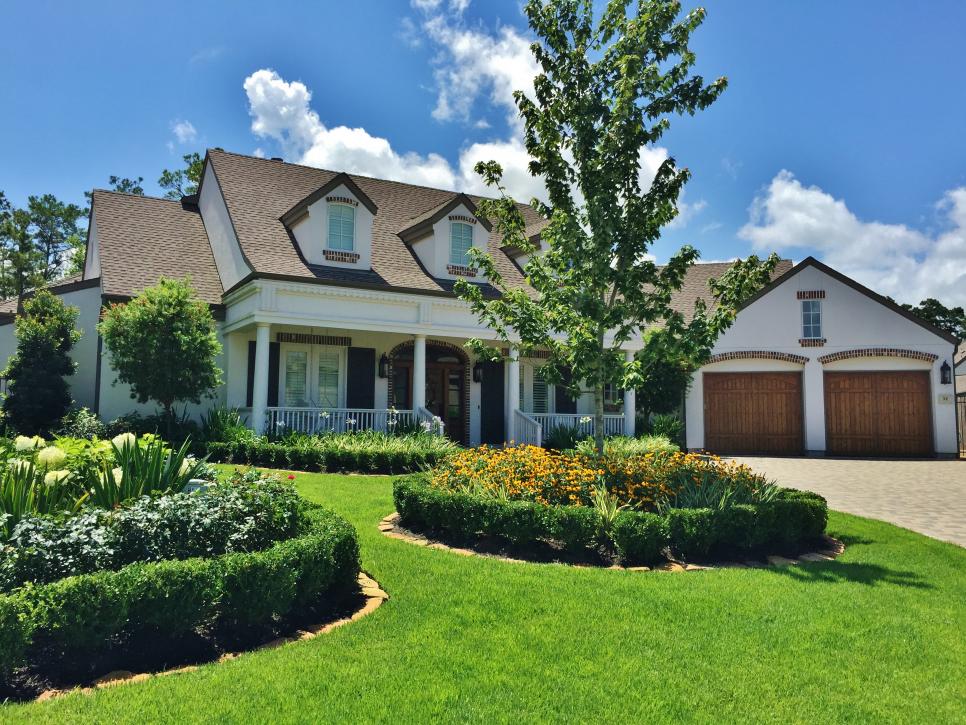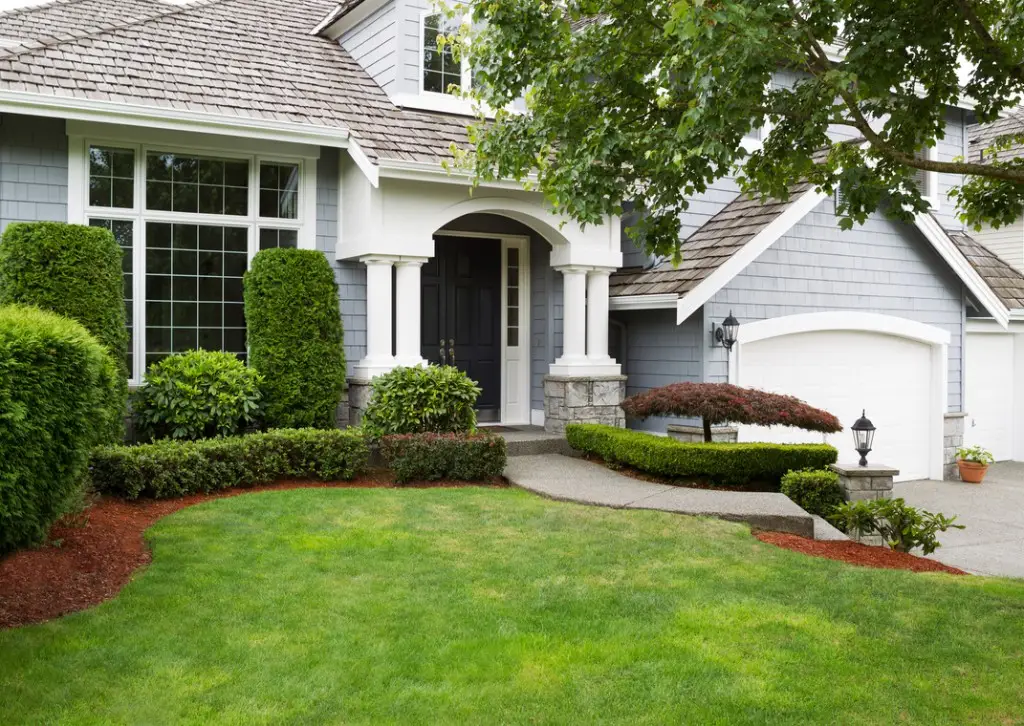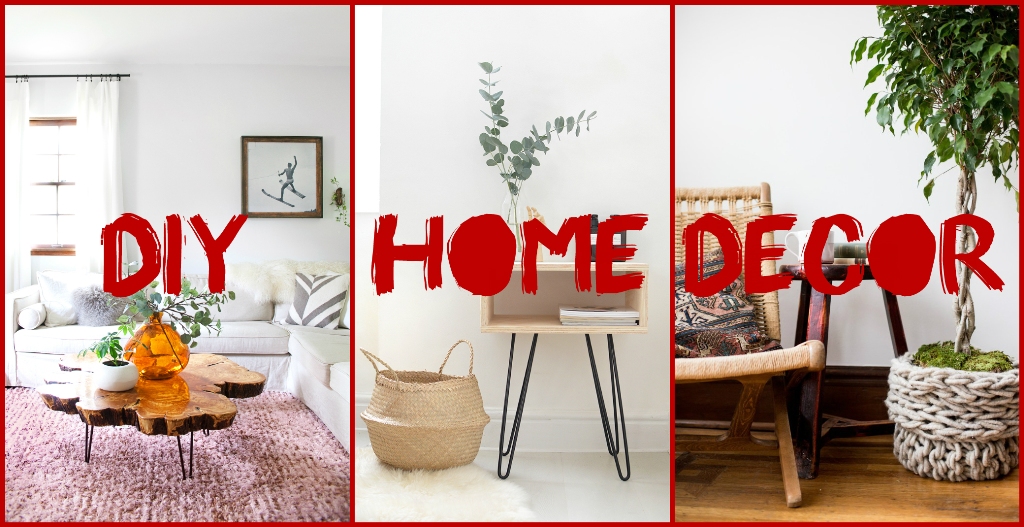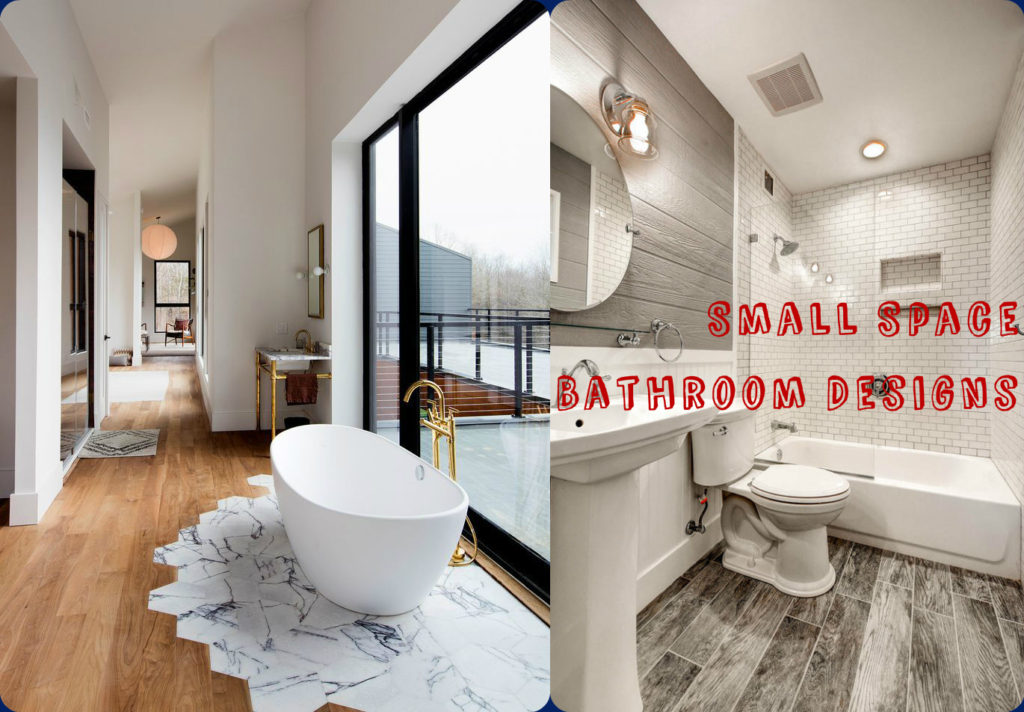Many homeowners are interested in brightening up their front yard, but they have no idea where to begin? With options ranging from new walkways, to planting trees, to adding in archways draped in fresh roses, there is no limit to the amount of landscaping projects available to homeowners. Though you could dedicate a lot of time and money to front yard landscaping the best landscaping is easy to care for and low maintenance.
What is Low Maintenance Landscaping?
Low maintenance landscaping should combine several factors. Easy to care for plants, little landscaping changes due to soil erosion or other natural factors, and maintenance free decorations. Low maintenance plants should be easy to grow and require very little soil preparation. They should also be disease and insect resistant so that there will be little or no need for pesticides or herbicides during their growing period. Easy maintenance plants require very little pruning or deadheading and can in general be planted and left to thrive on their own.
To begin your low maintenance landscaping project, first choose an area of your yard that will not incur excessive harsh weather or soil erosion. When you spot is chosen you should prep the area by removing the top layer of sod and covering the area with a thick weed barrier. Next, choose easy to care for plants. Start with a layer of greenery. Evergreen shrubs such as boxwoods, wintercreeper, junipers, and evergreen rhododendrons keep their greenery year round, ensuring constant visual interest. Shrubs require very little maintenance besides the occasional trimming. Small versions of these shrubs are especially easy to care for as they do not grow much and do not require anything more than moderate soil and occasional rainfall.
With the greenery established in our garden you can move on to adding colorful flowers. Perennial flowers are important additions to your garden since they will return year after year, ensuring colorful blooms even when you don’t have time to plant new flowers in the spring. If your landscaping area will receive constant sunlight, you should plant perennial flowers that are drought tolerant and will not burn or die with the bright summer sun. Flowers that fit into this category are marigolds, day lilies, daisies, and coneflowers to name a few. Daisies and coneflowers are known for being pollinator friendly and for growing remarkably well in nearly any type of soil and weather condition. These flowers grow to various heights depending upon the type that you choose. Two other plants that love full sun are lavender and Russian sage. Russian sage is known for its spiky grayish green stems and high reaching purple flowers. Lavender is known for its relaxing fragrance and its full purple blooms. When you plant lavender or Russian sage, keep in mind that these plants will grow and should have a decent space between themselves and other plants.
If your landscaped area will receive less than six hours of sunlight you should look for shade or partial shade perennials. While these plants are less tolerant to sun they are still drought tolerant and maintenance free. Examples of these are hostas, clematis, and dianthus. Another common area to landscape is around the base of a large tree. These areas will get little direct sunlight and will require plants that thrive in indirect sunlight. Ferns require only indirect light as do impatiens. Both can be planted and left to grow all summer long.

You’ve added shrubs and perennials flowers. Now it’s time for another very important addition to your landscaping. Mulch. While mulch may seem like an additional cost or an unnecessary addition to your garden you should always finish off your landscaping with some type of mulch. By adding a fresh layer of mulch you increase your home’s value by just over $1,700. Mulch is critical in slowing the growth of weeds and retaining water in the soil around your plants. Aside from its gardening benefits, mulch also creates a polished look to landscaped areas. Spread mulch in an even layer so that it is thick enough to fully cover the ground but not so thick that it is bunched up in mounds around the base of plants and flowers.
Add Decor and Light
With a fresh layer of mulch to really set off the multiple colors, shapes, and sizes of your plants and flowers you can do a bit of additional decorating with garden decor. What garden decor you choose will depend largely on the size of your landscaped area. If your landscaped area is relatively small and already filled in nicely with greenery and colorful perennials, you should stick to only one or two decorations. Larger landscaped areas can have a water feature or a small bench added if room allows.
You’ve worked hard on your front yard landscaping. Now it’s time to shine an extra light on it. Easy outdoor lighting installation requires no more than a trip to any local hardware store where you can find ample solar-powered outdoor lights. Landscaped areas are the perfect spot for small in-ground lights. These can be placed between plants or around the border of the landscaped area. These lights are just as low-maintenance as the plants in your landscaped area because they only require that you push them into the ground and from there they will use the sun’s rays to power themselves. These lights can be found in basic square shapes, round, lantern, or even multi-colored butterfly and flower shaped. They are also available in a range of lumens so you can decide how bright you would like to make your landscaped area.
Front yard landscaping does not need to be complicated or overly ornate. Stick with ebay to maintain plants, fresh mulch, and a decoration or two. The simplicity of the landscaping and the colorful variety of plants will be enough to add beauty and curb appeal to your front yard.


















